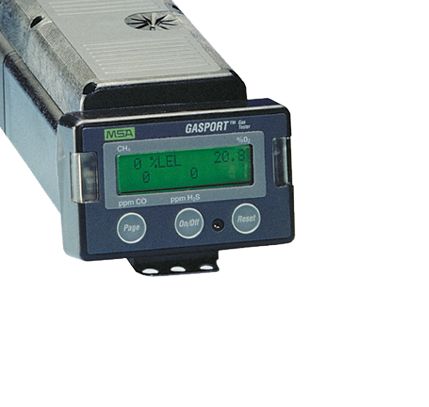|
In 1999, Uruguay (South America) began to buy natural gas from Argentina.
Their previous method was to manufacture a cooking and heating gas that
contained contaminants and was more expensive.
Nelson Gesto, a chemical engineer and MSA distributor in Montevideo, used
this opportunity to introduce MSA's Gasport®
Tester at the new natural gas piping system run by ANCAP1. His
planned presentation yielded some unforeseen results.
For three hours, Gesto spoke to a group of 20 engineers, supervisors, safety
managers, and firefighters, at ANCAP's pumping station in
Paysandú2. Gesto (who was trained by MSA's affiliate company,
MSA Chile) explained the fundamentals of gas detection and confined spaces. He
assembled the Gasport Tester, showed how to use it, let everyone touch it,
answered questions, and went through it all again, using the videotape. He gave
the ANCAP crew a Spanish translation of the Gasport manual.
Then Gesto asked: "Do you want to go through the plant with the Gasport
Tester to detect possible natural gas leaks?" The group did, although
Operations Manager Gustavo Dubosc strongly doubted they would find leaks.
"All pipes, valves, etc., are new, and everything has been tested
already, with soap and water," he explained.
Nevertheless, they proceeded to three open-air areas where Gesto used the
Gasport unit to sample air along gas pipes, valves, flanges, pressure gauges
and reducers, etc. The first two areas showed 0% LEL of methane gas.
However, in the third area, while testing the purge line for the main pipe,
the Gasport alarm sounded, indicating a gas leak.
Manager Dubosc thus concluded that purchasing less expensive valves for
purge lines did not save him money in the long run, because the leak allowed
gas to escape. Further, had they not been in the open air, the leak would have
created a more hazardous situation.
After evaluating a number of different manufacturers' instruments, Dubosc
chose MSA's Gasport Tester, convinced it was the best decision.
|









